One of the most sensory rich environments available to us is nature. It has the ability to lift our mood, encourage our physical movement, and invite exploration. These benefits are valuable for all of us, but especially for our children. The outdoors naturally brings children a sense of wonder and freedom. It can also teach important lessons about responsibility and independence by encouraging children to be stewards of their environment. Caring for our community and our school has been an important project for the children this year. They have been contributing ideas, working together to manifest their visions, and enjoying the results. By caring for and contributing to their environment they learn how they fit in with nature, and how to respect and nurture it.
One thing the children have expressed is their desire to bring color and creativity to the outdoor environment here. Some children have drawn pictures of what their ideal play yard mural would look like; other children have expressed a desire to paint everything in sight- pink and purple! To incorporate this love of color we have worked together to paint our outdoor picnic table, which began with a democratic vote on what color it should be (blue was most popular). We also added play silks in various colors to encourage open ended and dramatic play. The Rosemary classroom has started painting a welcome sign for the school and they will be getting their fingers in some gooey and colorful paint again to make signs for each outdoor yard. The older children will also contribute to this project by coming up with ideas of new names for each play yard. In the Atelier they read the book Maybe Something Beautiful by F. Isabel Campoy and Theresa Howell. It is about how a San Diego community transformed their grey neighborhood by painting colorful murals and street art. This facilitated a discussion about how they can brighten their home, school, and greater community, which led them to create their very own chalk mural. To build on this interest, they have more projects planned in the Atelier such as painting rocks to brighten up some of our planters. This will give each child a chance to create their own unique spot of color for our space.
The garden is another area of the outdoors that has been of interest to the children. Now that spring is approaching they have been able to get hands-on in the garden. In these activities their connection with nature is so tangible. They dig their hands in the soil, splash water on the growing herbs, and observe each plant grow and change. Getting dirty and messy in the garden is so valuable for creating a lifelong love of working with nature in a cooperative way, respecting all living things, and the responsibility of making sure their plants thrive so they can enjoy all that the garden gives back to us.
While many children thrive on the gross motor movement and the freedom to play a little louder outside, it is also important to find a space in nature that is quiet and calm. A place to bring a book or draw a picture. A peaceful place to reflect on your day or just sit and soak up the sunshine. Our next project will be creating a zen garden that will be the perfect place for a small group of children to go at a time to recharge in a serene setting. In each classroom there is also a designated space that offers a tranquil and rejuvenating atmosphere until they are ready to get back to work. Having a similar area outside will add another way for each child to enjoy being in nature.
Integration of both the outdoor and indoor classrooms is the best way to fully explore a topic. Many times an interest will arise in the classroom and we can create an activity outside to more fully explore it or visa versa. Recently the children discovered that they could dig channels and trenches in the gravel and set the hose to a trickle to create different bodies of water. We integrated this work into the classroom by introducing bodies of water and land forms in our geography area. This helped expand the children’s vocabulary during play and encouraged more diverse explorations. Another important mode of integration is between home and school. Next time you and your child go to the backyard or the park you can bring some crayons and paper or your favorite book. When your child finds a muddy puddle bring out some aquatic animal figures to play in the new lake. Plant some herbs at a sunny window and let your child pick them and add them to dinner. Please let us know what your child is excited about doing at home so we can integrate that at school as well!
Improving our outdoor space reflects the children’s desire to practice a new application of CARE. We cannot wait to see their ideas unfold as our outdoor space becomes more rich and more cherished by our sweet children. Stay tuned on our blog for more updates on project CARE!
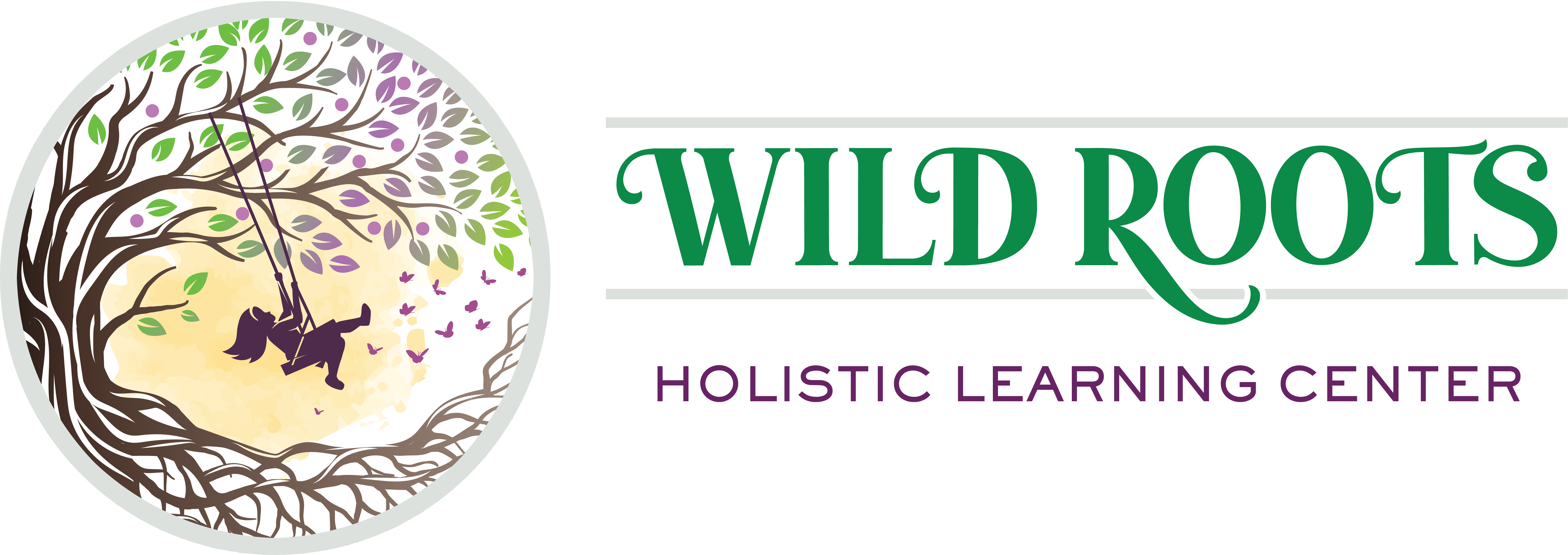
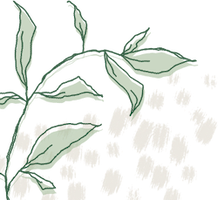
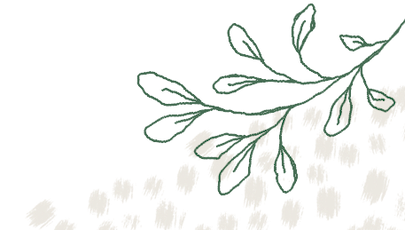
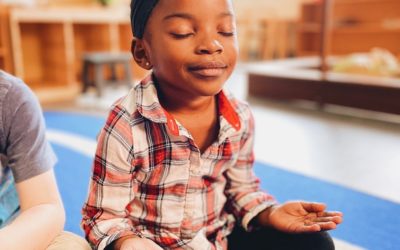
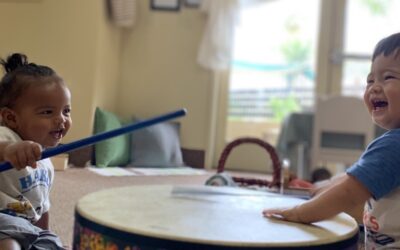
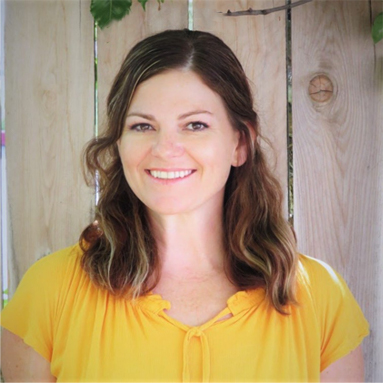
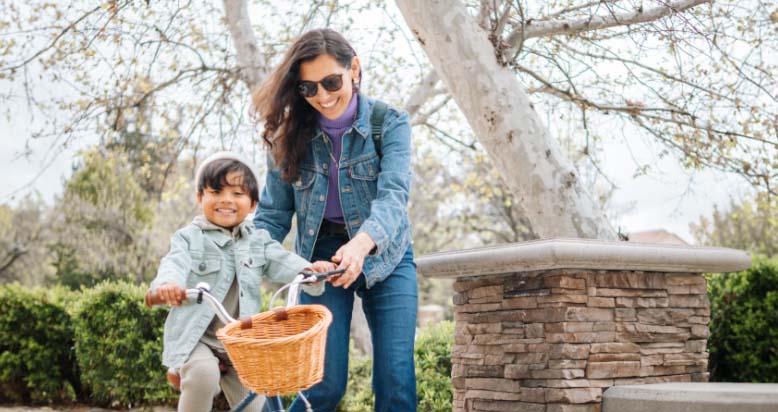
0 Comments